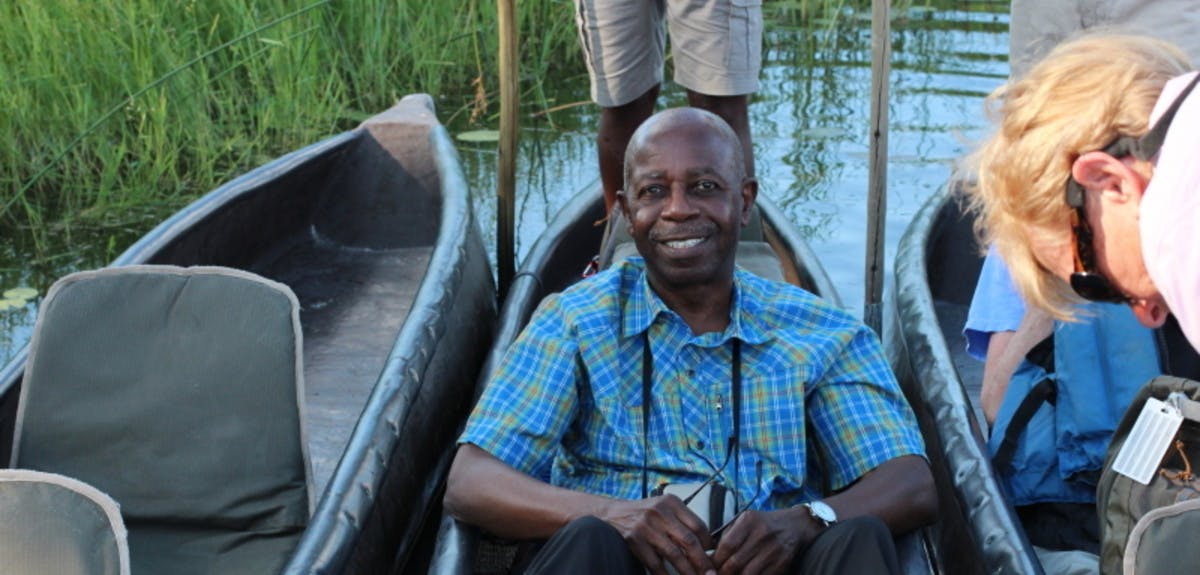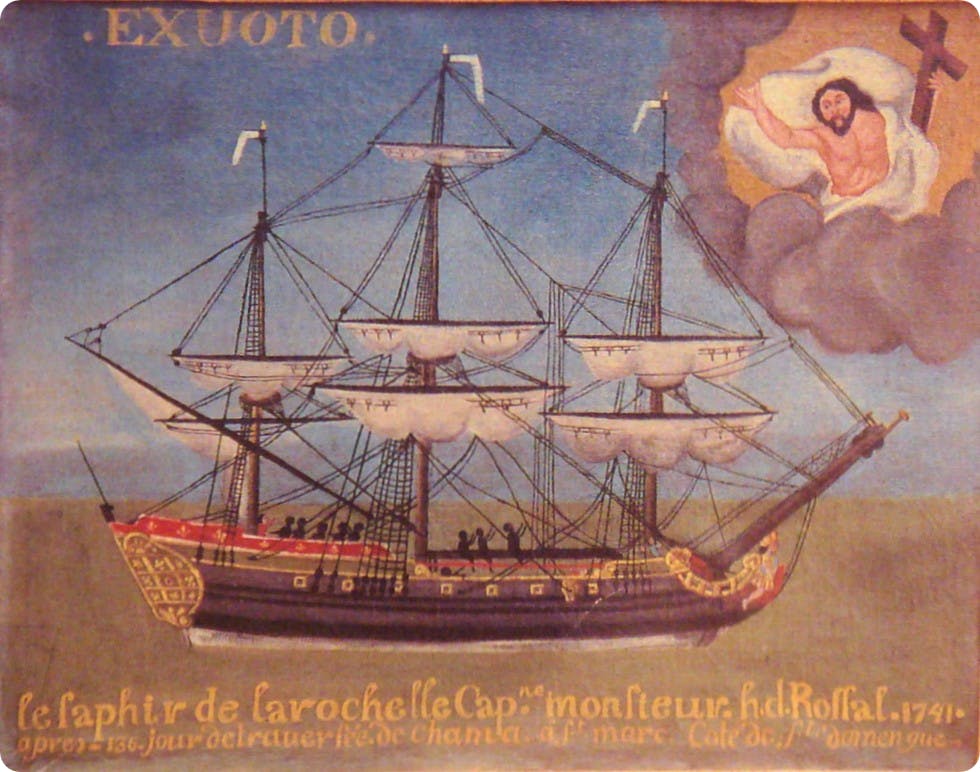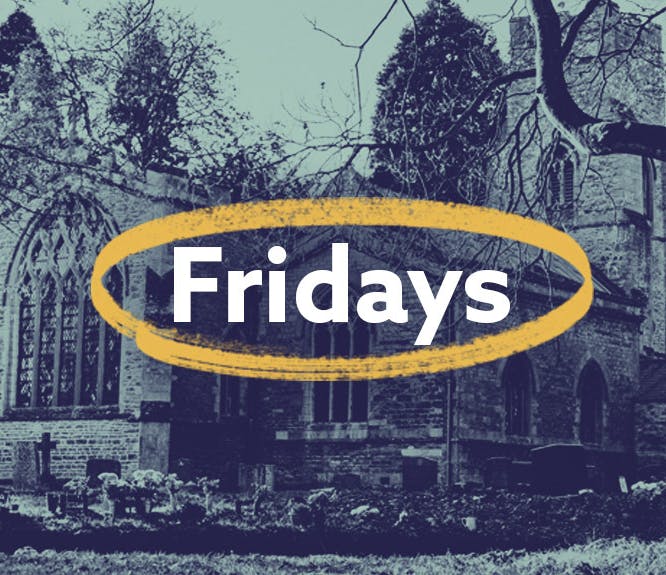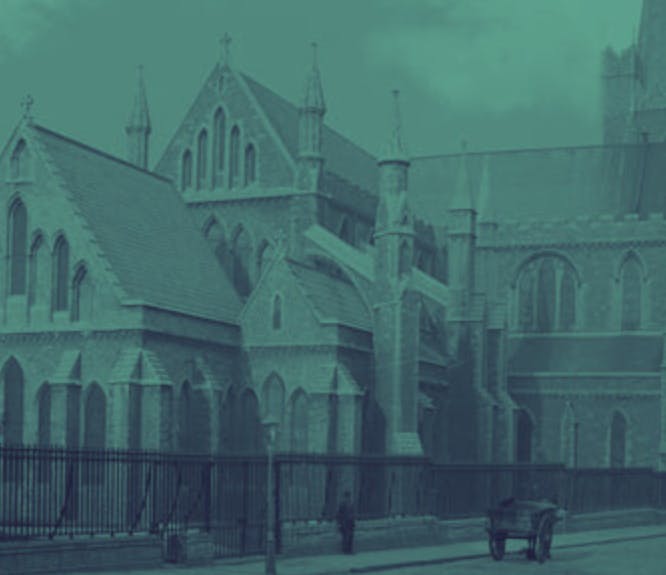"Slavery and Freedom: Tracing the roots of my African American family from the 17th Century&" (Part 1)
3-4 minute read
By The Findmypast Team | October 9, 2015

This guest article was provided by William D Howard. The former New Yorker is a retired community economic development executive who earned degrees from the University of Chicago, and now lives in Chicago's Hyde Park/Kenwood neighborhood.
The transatlantic slave trade was the most impactful ethnic migration that the Western Hemisphere has ever known. During a 250-year span beginning in the 1600s, approximately 500,000 Africans were forcibly shipped to present-day North America. To many, the sheer volume of those horrors meant that any semblance of a family life among these captives was nigh on impossible.
Yet, despite the horrors, the people who are today called “Plantation Slaves" by historians did indeed start new families in America. If lucky enough to skirt death from disease and sickness and if they were also lucky enough to not be sold by profit-seeking slave masters, such families remained intact and became the ancestors of present-day African Americans like me.
"If lucky enough to skirt death from disease and sickness and if they were also lucky enough to not be sold by profit-seeking slave masters, such families remained intact and became the ancestors of present-day African Americans like me
"
By way of illustration, one such ancestor in my own family came over on a schooner called
The Charlotte in the year 1800. He was four years old when he landed in Charleston, South Carolina. In 1799, Ibrahim Filorí was the victim of what would become a 20-year civil war in the African kingdom of Oyo Ile.

Unfortunately, he and a handful of others who lived in his compound were on the wrong side of the kingdom's disturbances. He was a descendant of the kingdom's ruler, whose prominent family had garnered the enmity of a sizable block of the polity's chiefs and other powerful citizens.
Capture and enslavement
So in the summer of 1799, young Filorí and some older brothers and other household members (about seven individuals) were captured and marched from the savannah country of present-day southwest Nigeria down to the coast, where aboard
The Charlotte they were traded for a portion of the schooner's 34 hogsheads of tobacco; 9 casks of whiskey; and 10 barrels of rice. The balance of these commodities was used to bargain for captives taken from other places along Africa's west coast.

By the 1830s, Ibrahim was called Abram by William Hightower and his family who lived in the area of Denmark, South Carolina. By this year, Abram had married another slave named Flora, from Angola, and together they had seven sons, including one named Kola (
Bring Wealth into this House) and Lande (My Wealth Has Come). “Landy" was a name bestowed upon the family's sons for several generations to come.
Establishment in America, and the onset of Civil War
In December 1836, William Hightower died, but Abram's family was still intact, as they would remain, for the most part, right up through the era of the Civil War, which began in 1861.
Unlike many South Carolina Plantation Slaves, Abram and Flora and their descendants were never sold away to owners who lived in other states. Such stability made it relatively easier for me to find them in the records. In fact, unlike many Plantation Slaves, the white Hightowers with whom Abram and Flora lived saw to it that the young couple had a Christian-style wedding, and the two remained married and together until they died.
"In fact, unlike many Plantation Slaves, the white Hightowers with whom Abram and Flora lived saw to it that the young couple had a Christian-style wedding, and the two remained married and together until they died"
One of the most memorable facts about Abram was that when the asset inventory of the late William Hightower estate was detailed and probated, Abram made sure that he was listed as he himself reckoned: “Abram A Filori" and “his wife" Flora. In Africa, Abram's proper designation was “Ibrahim al Dasuqi Filorí-Erin," the last, signifying the elephant, indicating that he was a member of the royal family of Oyo Ile.
“Filorí" was Abram's cognomen. In English, it means “Cap of the Head." Thus, “Filorí" (Ola mi de), according to the elders, was his family's seal between them and important ancestors.
The founding of the Capernaum Baptist Church
In South Carolina, Abram's grandson and friends went on to found the Denmark-community's Capernaum Bush Arbor. Today, that place once worshipped in by slaves is called Capernaum Baptist Church.
Plantation Slaves did indeed create generations of families and communities of their own which continue to exist today. But the experience of colonial America's Plantation Slaves differed from that of the first Africans who arrived in the English colony. The experience of these first Africans will be explored in part 2 of “Slavery and Freedom."
William D Howard
October 3, 2015
Related articles recommended for you

Browse new burial records that span Britain
What's New?

Irish family history and minority religions in Ireland
History Hub

'Their hunger will not allow them to continue': the victorious London dockers' strike of 1889
History Hub

